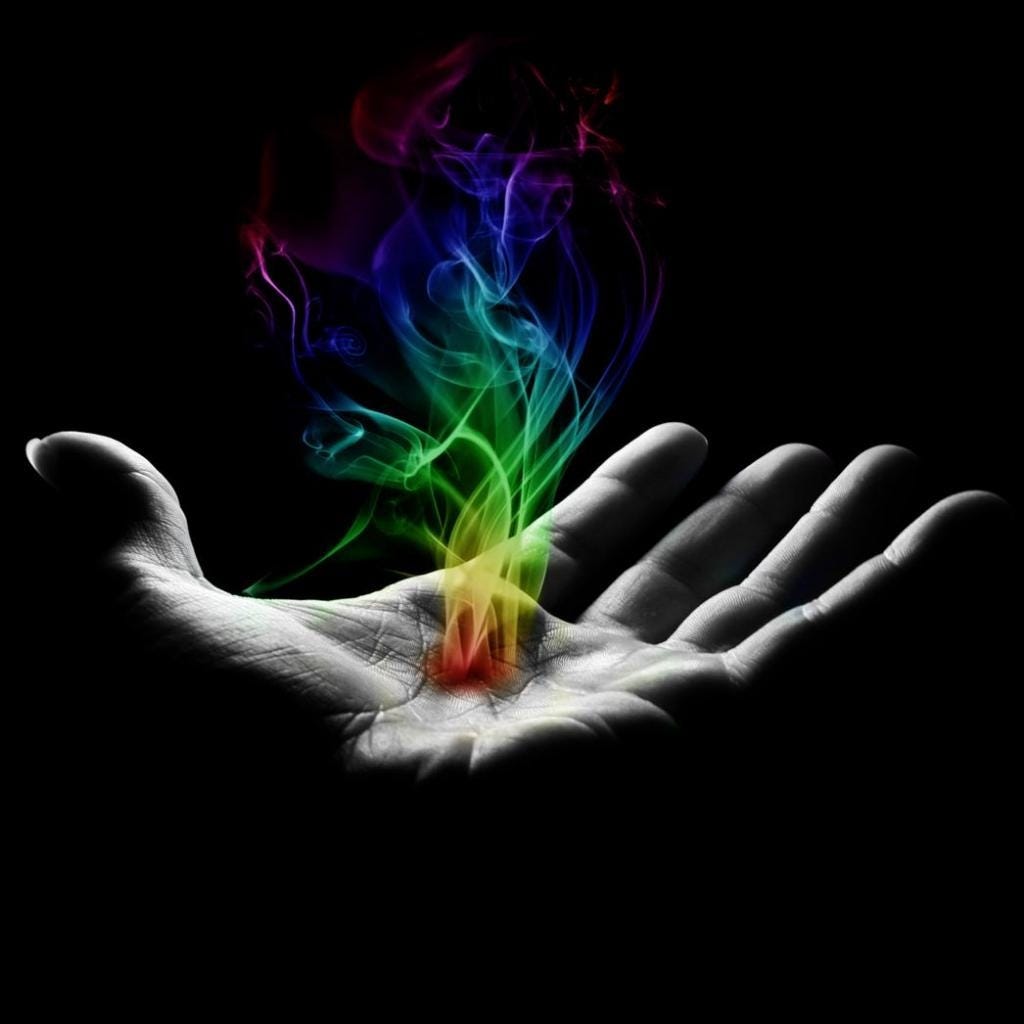What are Fairy and Folk Tales?
If we are going to be spending the next several weeks discussing folk and fairy tales, I think that it will be useful to try and first define what exactly we mean by these two terms. Based on what we've read so far and the discussions we've had in class, it seems that there are at least two main features of folk and fairy tales which we might examine in order to help us to get at what they are and how they relate to each other and to other pieces of literature.
 The most important feature of both a folk tale and a fairy tale is the presence of magic or other fantastical elements in the story. A folk or fairy tale might, for example, involve characters such as witches or fairy godmothers who can perform magic and make impossible things happen, or it might include strange creatures such as ogres or talking animals. Typically, the story will also involve a regular person (often a young person) interacting with the magical elements of the world. Bettelheim argues that these magical elements add to the all-important enchantment of a fairy or folk story and I would also argue that they give more opportunities to fit in meaningful symbols (whether intentionally or not) to what tend to be fairly short stories.
The most important feature of both a folk tale and a fairy tale is the presence of magic or other fantastical elements in the story. A folk or fairy tale might, for example, involve characters such as witches or fairy godmothers who can perform magic and make impossible things happen, or it might include strange creatures such as ogres or talking animals. Typically, the story will also involve a regular person (often a young person) interacting with the magical elements of the world. Bettelheim argues that these magical elements add to the all-important enchantment of a fairy or folk story and I would also argue that they give more opportunities to fit in meaningful symbols (whether intentionally or not) to what tend to be fairly short stories.
While both fairy and folk tales contain elements of magic, however, this does not mean that they are the same thing. The difference that most scholars recognize between the two can be found in the medium through which they were originally conveyed. Fairy tales, like The Little Mermaid, were originally written down as physical texts and thus tend to be written in more stylized language, with well-developed, fleshed out characters. Folk tales like Little Red Riding Hood, on the other hand, originated a long time ago as a part of an oral tradition and therefore contain simpler language and characters, as well as a more repetitive st
ory.
ory.

This difference can be simplified into the general rule that fairy tales have a known author, while folk tales do not. Practically speaking, this means that folk tales are also more fluid than fairy tales, as they are (usually) not written down in physical texts, nor do not "belong" to any one person. They can therefore change with each new telling of the story.
From examining these two aspects of folk and fairy, we can formulate a working definition for a folk tale as "a short story of human interaction with magic that has no known author and simple, repetitive language." We can also define a fairy tale as "a short story of human interaction with magic that has a known author, stylized language, and well-developed characters."
Picture Credits:
https://medium.com/@jreem/functional-programming-is-black-magic-310084308678
https://mynorth.com/2015/10/traverse-city-halloween-myths-and-tales/
Comments
Post a Comment